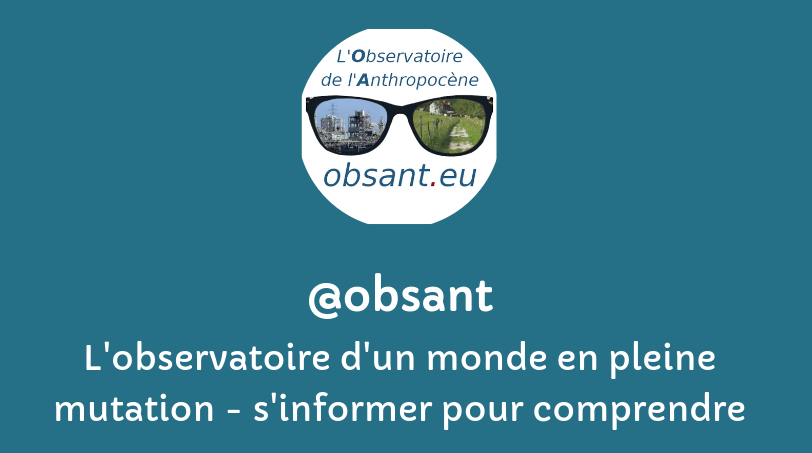Les champs auteur(e)s & mots-clés sont cliquables. Pour revenir à la page, utilisez le bouton refresh ci-dessous.
filtre:
population
Between 80% and 89% of the world’s people want their governments to do more about climate change. This fact is the central tenet of the 89% Project for climate journalism. Timed to coincide with Earth Day and Earth Week, the project launched in April, 2025, and will culminate in another week of focused stories in October, just before the next COP meeting in Brazil.
Identifying the socio-economic drivers behind greenhouse gas emissions is crucial to design mitigation policies. Existing studies predominantly analyze short-term CO2 emissions from fossil fuels, neglecting long-term trends and other GHGs. We examine the drivers of all greenhouse gas emissions between 1820–2050 globally and regionally. The Industrial Revolution triggered sustained emission growth worldwide—initially through fossil fuel use in industrialized economies but also as a result of agricultural expansion and deforestation. Globally, technological innovation and energy mix changes prevented 31 (17–42) Gt CO2e emissions over two centuries. Yet these gains were dwarfed by 81 (64–97) Gt CO2e resulting from economic expansion, with regional drivers diverging sharply: population growth dominated in Latin America and Sub-Saharan Africa, while rising affluence was the main driver of emissions elsewhere. Meeting climate targets now requires the carbon intensity of GDP to decline 3 times faster than the global
Carbon emissions may continue to rise, the polar ice caps may continue to melt, crop yields may continue to decline, the world’s forests may continue to burn, coastal cities may continue to sink under rising seas and droughts may continue to wipe out fertile farmlands, but the messiahs of hope assure us that all will be right in the end. Only it won’t.” — Chris Hedges
A superpower in the fight against global heating is hiding in plain sight. It turns out that the overwhelming majority of people in the world – between 80% and 89%, according to a growing number of peer-reviewed scientific studies – want their governments to take stronger climate action.
The tiny former Soviet republic’s determination not to be cowed by the Kremlin could provide a template for the west on how to hold back the tide of subversion and corruption
Climate projections versus population projections - There is a puzzling disconnect at the core of climate science between climate projections and population projections. Indeed, comparing the two, one might be forgiven for thinking that population scientists and climate scientists live in two completely different worlds.
Overexploitation and habitat loss pose extinction threats for migratory fish, birds and others, worldwide
‘Catastrophic’ global decline due to dams, mining, diverting water and pollution threatens humans and ecosystems, study warns
An easy way to start a long, heated debate is to mention global population. Thomas Malthus famously ignited furious arguments in the eighteenth century when
Population likely to peak sooner and lower than expected with beneficial results – but environment is priority
Population ecologist William Rees, with the University of British Columbia's School of Community and Regional Planning, is reminding denizens of Earth that the planet can only support so many people. In his paper published in the journal World, he points out that many models have been developed over the years that show that only a certain number of animals (such as rats) can live in a given environment—they all show that at some point, a population correction occurs.
In 1968, the best-seller “The Population Bomb,” written by Paul and Anne Ehrlich warned of the perils of overpopulation: mass starvation, societal upheaval, environmental deterioration. The book was criticized at the time for painting an overly dark picture of the future. But while not all of the Ehrlich’s dire predictions have come to pass, the world’s population has doubled since then, to over seven billion, straining the planet’s resources and heating up our climate.
There is a big shortfall between the amount of food we produce today and the amount needed to feed everyone in 2050. There will be nearly 10 billion people on Earth by 2050—about 3 billion more mouths to feed than there were in 2010. As incomes rise, people will increasingly consume more resource-intensive, animal-based foods. At the same time, we urgently need to cut greenhouse gas (GHG) emissions from agricultural production and stop conversion of remaining forests to agricultural land.
Minister warns an immediate stop to supplies could hurt Germany’s population more than Putin
Infinite growth on a finite planet has pushed us into crisis, and this forum tackles the difficult questions and taboo topics: Bursting the fantasy of sustainability based on clean energy transition and arguing for equitable approaches to global population. Pathways forward include a deliberate contraction of the human enterprise and a planned collapse.
LEDs used in streetlights typically emit white light, while sodium lamps have a characteristic yellow glow – as seen in the picture below. This change in the colour of artificial light is predicted to have major consequences for wildlife.
Generating three centimeters of top soil takes 1,000 years, and if current rates of degradation continue all of the world's top soil could be gone within 60 years, a senior UN official said
In 1973, Australia's largest computer predicted trends such as pollution levels, population growth, availability of natural resources and quality of life on earth.
Demographic statistics are among the most popular data Eurostat produces, and they are important for almost every area of policy. This new interactive publication Demography of Europe produced by Eurostat aims to bring these statistics to a new audience, providing clear visualisations and interactive features to help non-specialist users see what official European statistics can tell us about how the population is developing, ageing, and much more.
Rising consumption by the affluent has a far greater environmental impact than the birth rate in poorer nations
![]()



